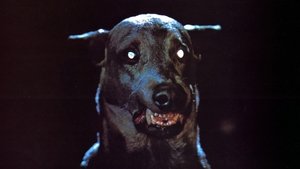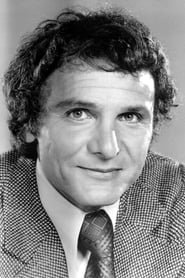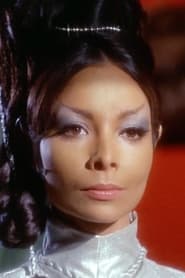Cast
View AllMichael Pataki
as Michael Drake / Count Dracula
Jan Shutan
as Marla Drake
José Ferrer
as Inspector Branco
JoJo D'Amore
as Fisherman
Libby Chase
as Linda Drake
John Levin
as Steve Drake
Reggie Nalder
as Veidt Smith
Cleo Harrington
as Pat Parks
Arlene Martel
as Major Hessel
Katherine Fitzpatrick
as Dracula's Victim
Sally Marr
as Camper
Darlene Craviotto
as Traveler
Tom Gerrard
as Maslov, the guard
Al Ferrara
as Al, the deputy
Roger Pancake
as Sheriff
Crew
Director
- Albert Band
Writer
- Frank Ray Perilli
Producer
- Albert Band
- Frank Ray Perilli
Reviews
John Chard
Zoltan, Hound of Dracula (1977)
Tail from the Kennel.
Unfortunately I never caught this pic as a youngster, to have that nostalgia glow, the memory bank igniting to recall a time when Zoltan scared one to tears. I have plenty of those type of movies, where I ask understanding about why a cheese laden film from my formative years still holds a piece of my psyche in the grip of fear.
So watching Zoltan now as a middle aged adult, for the first time ever, is just painful. It’s a simply awful film, the film makers dragging the dead carcass of the Dracula name through a sewer of foul smelling waste. Nothing happens really, some bloke and his dog is awoken by an explosion, they search for the last remaining Dracula descendant and find him in the big modern America. Lots of people stand around talking, dogs come and go, bark a lot, Zoltan’s eyes glow and a camping trip gets ruined. The End!
I don’t mock or pour scorn on anyone who has that childhood jolt to look back on fondly, I have them myself. However, for those not avowed to Zoltan’s fangy nostalgia? Stay away! 2/10
Oct 4, 2014
Thematic Analysis
This Horror film explores themes of fear and survival, delving into the psychological aspects of human nature when confronted with the unknown. Dracula's Dog presents a unique perspective on the horror genre by focusing on the psychological terror rather than relying on typical jump scares.
Director Albert Band brings their distinctive visual style to this film, continuing their exploration of themes seen in their previous works while adding new elements. Their approach to pacing and visual storytelling creates a viewing experience that rewards close attention.
Released in 1977, the film exists within a cultural context that now offers viewers historical perspective on the social issues of that era. Its reception demonstrates the diverse reactions to its artistic choices and its place in cinema history.
Did You Know?
- The production of Dracula's Dog took approximately 31 months from pre-production to final cut.
- The final cut of the film runs for 90 minutes, though the director's initial assembly was reportedly 113 minutes long.
- Several scenes were filmed in multiple locations to capture the perfect setting.
- The musical score contains over 49 unique compositions.
- The screenplay went through 14 major revisions before the final shooting script was approved.
Historical Context
- In 1977, when this film was released:
- Environmental awareness was growing as a social concern.
- Economic recession and oil crises were affecting global economies.
- The film industry was dominated by major studios, with independent cinema still in its early development.
How This Film Stands Out
While Dracula's Dog shares thematic elements with other films in its genre, it distinguishes itself through its unique approach to storytelling, visual style, and character development.
Unlike Dracula, which takes a more conventional approach to its subject matter, Dracula's Dog subverts genre expectations by exploring its themes with greater nuance.
While films like The Black Water Vampire and A Girl Walks Home Alone at Night explore similar territory, Dracula's Dog stands apart through its deeper exploration of its central themes and more complex characterization.
This film's unique contribution to cinema lies in its thoughtful balance of entertainment value and thematic depth, making it a valuable addition to its genre.
Details
- Release Date: May 8, 1977
- Runtime: 1h 30m











